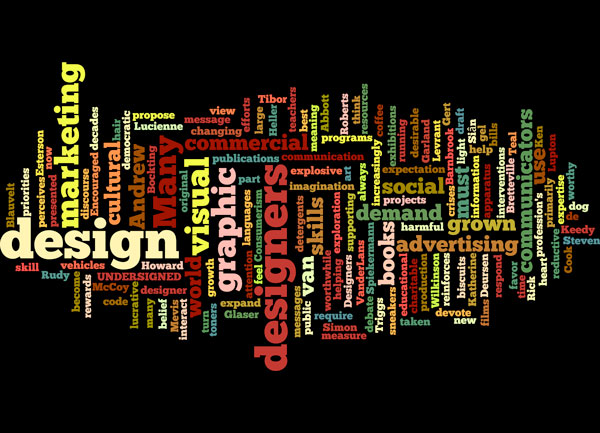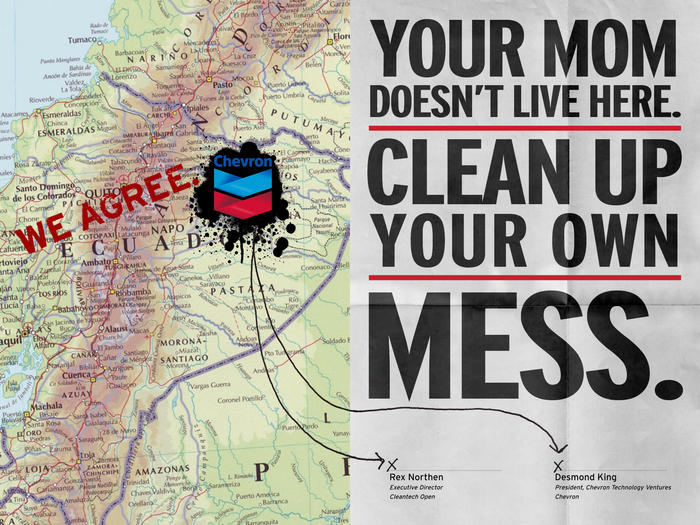 When talking about activism and social change, design is not always one of the first words that come to mind. But maybe it should be.
When talking about activism and social change, design is not always one of the first words that come to mind. But maybe it should be.
It is critical that we as designers understand the weight of our social impact. We have the power to communicate clear, accurate, useful messages that reach and inform millions—or we can spread misinformation and propaganda by working for the highest bidder. If we move in the former direction, the end result is a well-educated public that knows what is harmful to themselves and the environment, and will (hopefully) choose what’s best for the world. Designers (and photographers) must do their research on any job they are about to take on, and be willing to back up both their work and the company or cause that their work is endorsing. The other thing we must be willing to do as socially responsible designers is to call out and bite back (via logo jams, commentary, and remixing) when we see design being used to mislead and deceive the public.
 Working at RAN we are getting firsthand experience in ways to bite back. The most recent example is the successful prank and subsequent spoof campaign that is currently taking all the wind out of Chevron’s new ninty million dollar “We Agree” ad campaign. In coalition with The Yes Men and Amazon Watch, RAN launched a website that encouraged people to spoof the latest campaign by creating their own ads with some of the company’s more realistic values. Will Farrell’s Funny or Die website got in on the action by creating spoof video ads that highlighted the ridiculous greenwashing that the company was practicing. Now people are taking to the streets and wheatpasting their favorite ads all over. You can get in on the action by joining The Street Team here.
Working at RAN we are getting firsthand experience in ways to bite back. The most recent example is the successful prank and subsequent spoof campaign that is currently taking all the wind out of Chevron’s new ninty million dollar “We Agree” ad campaign. In coalition with The Yes Men and Amazon Watch, RAN launched a website that encouraged people to spoof the latest campaign by creating their own ads with some of the company’s more realistic values. Will Farrell’s Funny or Die website got in on the action by creating spoof video ads that highlighted the ridiculous greenwashing that the company was practicing. Now people are taking to the streets and wheatpasting their favorite ads all over. You can get in on the action by joining The Street Team here.
As designers we have to wonder what Steve McCurry, the photographer for the Chevron ad campaign, was thinking when he took this job. Did Chevron sell him a line of BS about how they were doing lots of good things for the environment and he took them at face value? Or did he realize that they were full of crap and did the job anyways because it paid well? Mcgarrybowen, the ad agency that oversaw the ad campaign states that their philosophy is “A company that believes, with every fiber of its being, that it exists to serve clients, build brands and grow businesses.” There isn’t one mention of people or the communities that these companies have an impact on.
As Robert L. Peters wrote, “ Design creates culture. Culture shapes values. Values determine the future. Design is therefore responsible for the world our children will live in.”
-Sayf Khidir & Martha Pettit
For further reading on socially responsible design:
Do Good by David Berman
First Things First 2000 manifesto
Adbusters
Another good place to start is to learn more about Kalle Lassn & Tibor Kalman.